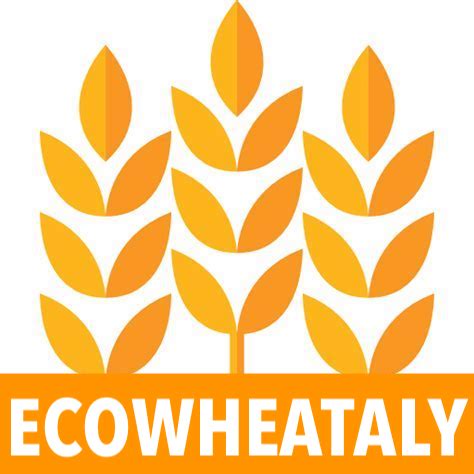In the agricultural sector, green policies mainly concern how much environmental impact production has.
In this sector, Green Policies encourage sustainability in production, increasing the use of renewable resources and reducing the use of harmful chemicals.
In particular, we have these aspects:
- Reduction of intensive soil processing: green policies encourage the direction of “minimum tillage” of the soil, the so-called minimum tillage. Crop rotation is then encouraged to reduce soil erosion. The conservation of biodiversity is pursued.
For those who actively choose to pursue these techniques, green policies offer incentives.
- Reduction of CO₂ and greenhouse gas emissions: the agricultural sector is one of the main emitters of greenhouse gases; This is due to the use of machinery that pollutes and also due to the decomposition of organic material.
Many green policies encourage the use of renewable machinery and promote techniques that reduce the emission of methane and other gases.
- Research resistant and flexible wheat varieties: experimenting with wheat varieties that resist climate change and diseases is a crucial aspect for green policies. Sustainable genetic research is also a fundamental key in green policies.
In this way, the prospect of agricultural crops in many climatic conditions can be real, taking into consideration and experimenting precisely on species resistant to climate variability that will become increasingly persistent in the years to come.
- Support for organic and regenerative agriculture: green policies favor the transition towards organic and regenerative practices, respectful of the environment and land consumption. In Europe, for example, the Green Deal and the Farm to Fork Strategy aim to bring 25% of the total agricultural area to organic cultivation by 2030.
Greater involvement of organic agriculture increases the sustainability of wheat cultivation, improving soil conditions and reducing the use of chemicals.

